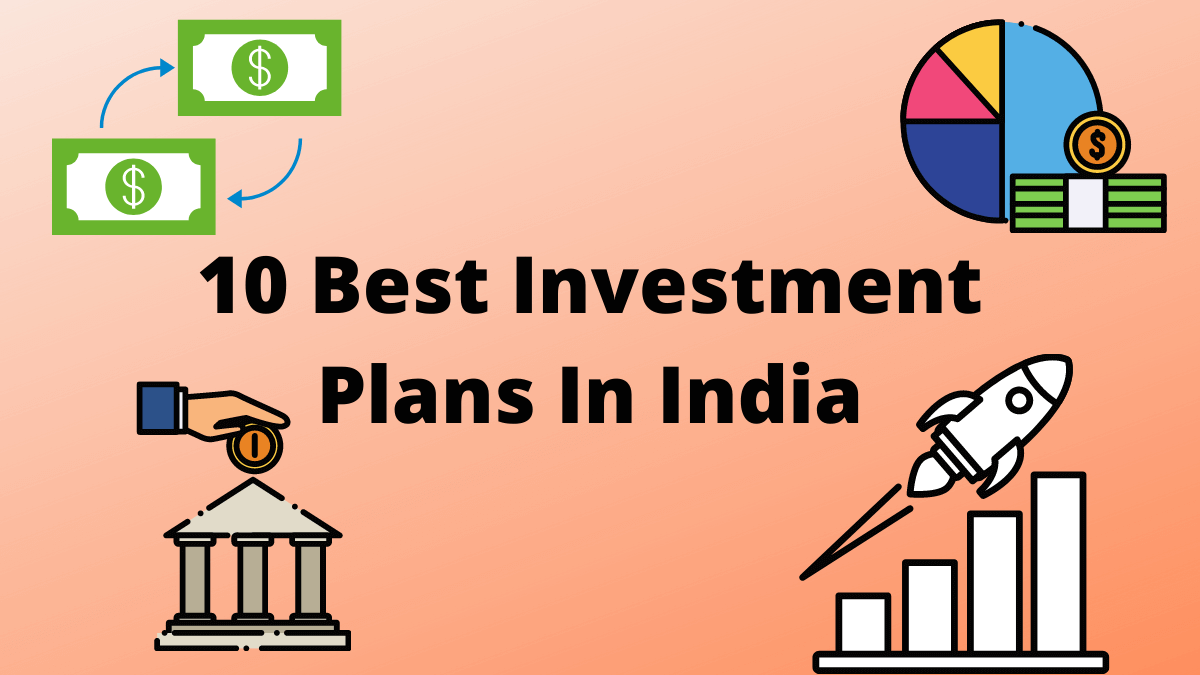Most investors that they are clear as quickly as possible without the risk of losing the principal money to get high returns like to invest money in this way. That is why many top investment plans, where they are looking for can double your money with little or no risk of a few months or years.
However, a higher return, combination product investment plans with low risk, unfortunately, does not exist. Maybe in a perfect world but currently do not. In reality, relate to the direct risks and returns are hand in hand, or to more profit, high risk, and vice versa.
Fund your target, cash flow needs, deadlines, and risk appetite – before you start investing, take some time to analyze your personal financial goals. Once you are clear about your goals, you can design your investment plans portfolio accordingly.
Read Also- Best Investment Apps Of 2021
Best Investment Plans In India
#1. National Pension System (NPS)
NPS is a pension plan that is portable across jobs and locations. You do not have to change your fund while changing your job or city.
An additional advantage is that you only investment plans in interest-earning instruments where the equity and debt returns from investment PPF.
All his contributions for Rs. Tier I 1.5 million section of the capital has been placed under 80C. Further, you can claim any additional self-contribution of Rs. 50,000 of Section 80 CCD (1B) tax benefit.
#2. Direct equity
Investing in shares cannot be everyone’s cup of tea as it is a volatile asset class and there is no guarantee of returns. In addition, not only is it difficult to take the right shares, at the time of its entry and exit is also not easy. The only silver lining is that in the long term equity has been able to deliver more than adjusted returns from inflation compared to all other asset classes.
At the same time, a considerable part of risk or even lose all of your capital, while cutting a opts more for the stop-loss method losses. In a stop-loss, one places an advance order to sell the stock at a specific price. To some extent to reduce the risk, you can diversify across sectors and market capitalisations. Directly need to invest in equity to open a demat account.
#3. Public Provident Fund (PPF)
Apart from pension contributions regularly, invest in a PPF account can save you a lot of help. This is because the section on IT investments act PPF can be claimed as a deduction under 80C.
In addition, principal and accumulated interest amounts are exempt from tax at the time of extraction.
#4. Equity mutual funds
Equity mutual funds are mainly invested in inequities. As per the current Securities and Exchange Board of India (SEBI) Mutual Funds Regulations, an equity mutual fund must invest at least 65 percent equity and equity-related instruments of your property. An equity fund can be actively managed or passively managed.
Returns in an actively traded fund are largely dependent on a fund manager’s ability to generate returns. Index funds and exchange-traded funds (ETFs) are passively managed, and track these underlying indices. Equity schemes are classified according to market capitalization or sectors in which they invest. They are also classified by whether they are domestic (investing only in Indian companies’ shares) or doing international (investing in shares of foreign companies). Read more about it.
#5. Bank fixed deposit (FD)
A bank fixed deposit in a relatively safe (equity or mutual fund to invest in India) is considered an alternative. Deposit Insurance and Credit Guarantee under the Corporation (DICGC) rules, is insured for a bank in each depositor amount of both principal and interest to a maximum of February 4, 2020, to Rs 5 lakh from the impact.
Previously, coverage had a maximum of Rs 1 for both the principal and interest amount million. According to need, you can choose a monthly, quarterly, half-yearly, annual or cumulative interest option to place them.
#6. Commercial Real Estate
Commercial real estate provide an increase in rental income and capital. The high appreciation is due to the demand for office space along with the development of the corporate environment.
But real estate is location, quality, market space rental, and the building is the major factor in determining the demand and supply of returns.
Office and shop will have a good investment not only benefits the spaces but it also helps in diversification of investment property.
#7. Bank fixed deposit (FD)
A bank fixed deposit in a relatively safe (equity or mutual fund to invest in India) are considered alternative. Deposit Insurance and Credit Guarantee under the Corporation (DICGC) rules, is insured for a bank in each depositor amount of both principal and interest to a maximum of February 4, 2020 to Rs 5 lakh from the impact.
Previously, coverage had a maximum of Rs 1 for both the principal and interest amount million. According to need, you can choose a monthly, quarterly, half-yearly, annual or cumulative interest option to place them. Accrued interest rate is added to a person’s income and is taxed as income slab of a per capita.
#8. Ultra Short Term Debt MF Plans
In contrast, more than 91 days from the liquid MF money but at least are invested in bonds and other instruments with a maturity of 1 year.
Ultra ST debt mutual funds carry risk, interest rate and therefore is not liquid, so gives you high returns.
#9. Short Term Debt MF
Short-term debt mutual fund is a good option to generate stable returns with minimal risk.
Funds are closed for three years up to and there is sentenced to a 1% redemption premature. However, you can expect higher returns than fixed deposits in a range of 8-10%.
#10. Gold
Over the years, investment in gold has provided around 10% beating inflation and diversification. A better way to invest in gold is gold mutual funds, gold ETFs and gold bonds.
You can also invest in sovereign gold bond schemes regulated by the government and RBI. You will own gold in ‘certificate’ format. The value of the bonds is evaluated in multiples of a gold grams. The initial minimum investment is 1 gram of gold.
You will earn 2.5% interest per annum on the amount went to investments. Lock-in period is 8 years old.
Read Also- How to Invest in ETFs 2021









